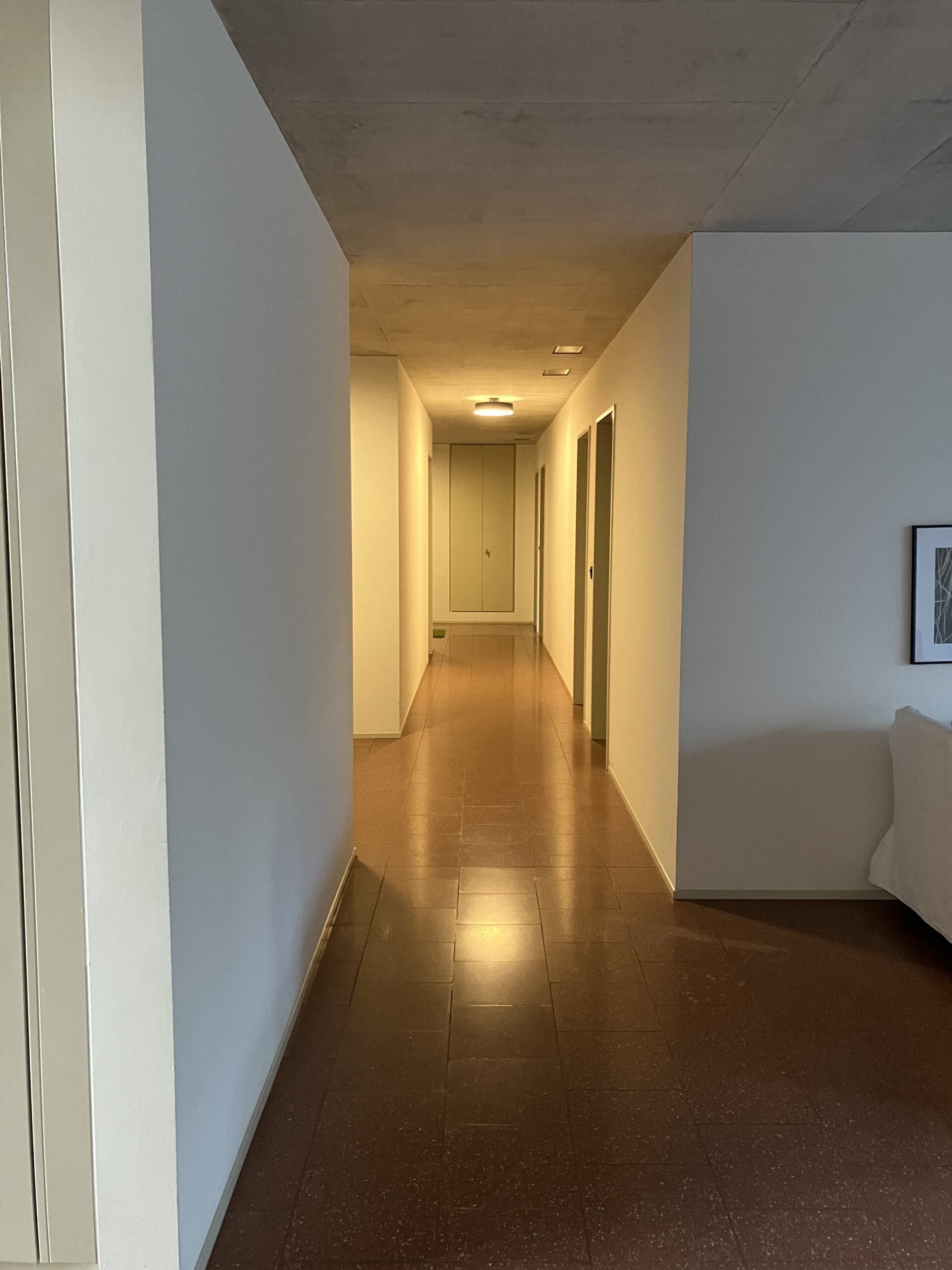00 Exploring Sound Qualities in Architectural Design
Corridor of my flat
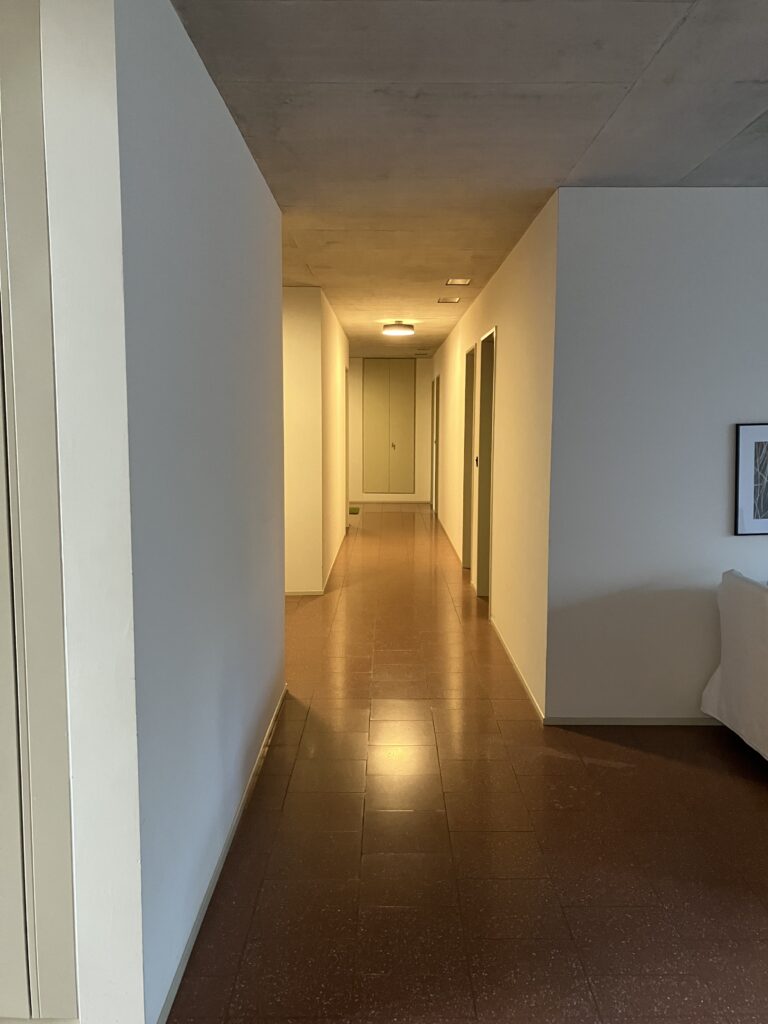
The first space is the corridor of my shareflat (9 people, including me, are living there). This space is interesting because it is made of tiles, plasterwork and concrete. None of the marerials absorbs sounds. The corridor is only used to go from our bedrooms to the kitchen. There are two alcoves at the end and in the middle.
In terms of acoustics, when we speak from the end of the corridor (where the photo was taken), the sound comes back like a boomerang and makes like a line going back and forth, like an echo in the mountain, the sound is noticeably higher pitched than our voice. When a door is slammed, the sound produced is like a zigzag that resembles ultra sound, When a person walks, the sound is like a little boom, but it’s more the vibration in the walls and floor that you hear. If someone makes a noise from the end of the corridor, we will be able to hear it from the kitchen because the shape means that the sound is conducted towards the kitchen and then spread out. In the alcoves, the sounds are the same except when we are talking, when it sounds like a ball bouncing off the walls, ceiling and floor.
This space could be likened to a cave.
Entrance to the auditorium HIL E4

The second space is the entrance to Auditorium HIL E4 at ETH. This space is interesting because we have all been there before but never stopped. This space is there so that no sound gets through from either side. Every surface absorbs. Every sound produced is directly absorbed. Everything seems muffles, people often stop talking, probably because they can’t hear their voice coming back because it is absorbed. Sounds are muffled and scattered. It’s virtually impossible to understand what the teacher is saying from this space. Nor can we hear the sounds of the corridor from the auditorium.
HIL staircase
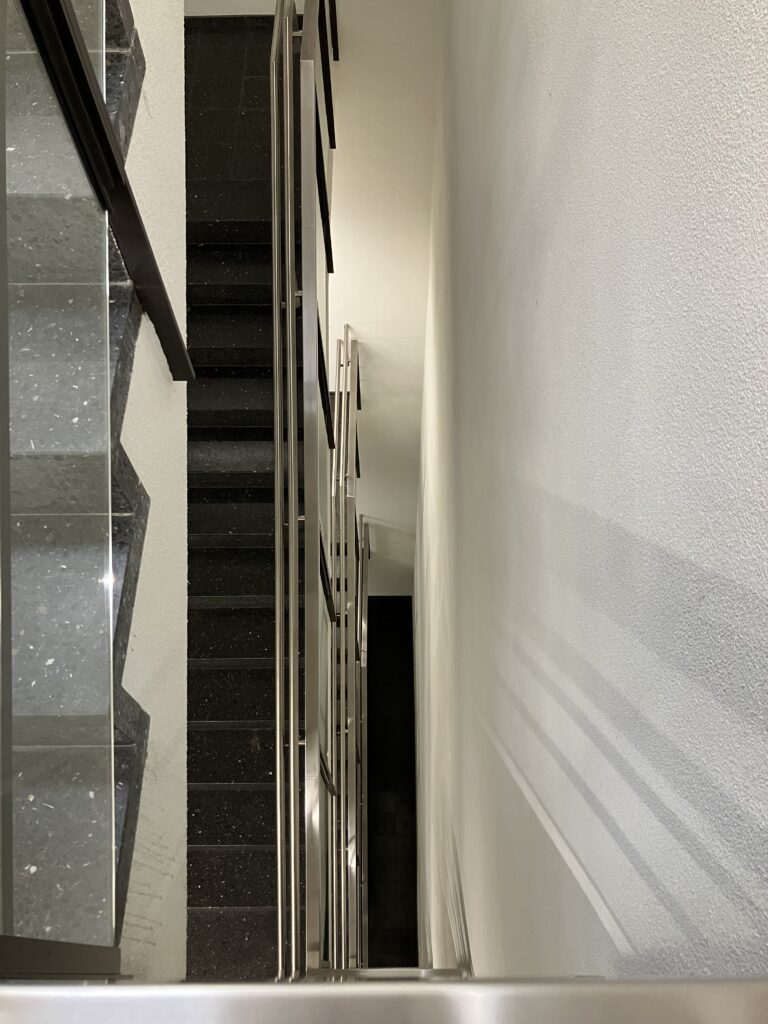
The third space is the stairs from HIL building to the studio.
What is interesting about this space is that it is used very regularly by a large number of people, going downstairs and upstairs, from the toilets to the studio. To enter and leave this space , you have to open a door. The materials used are concrete for the walls and tiles for the floor and stairs. Nothing is there to break up the sound.
Every sound can be heard, it is like amplified, you can hear the rustling of clothes, the sound of soles on the steps, whistling, snapping fingers,…When someone speaks or a door slams, you can not tell whether the sound is coming from above or below you. The sound has so much reverberation that you can’t really understand what is being said.
Talking in this space is not a problem, you can hear yourself very well and your voice is not directly reflected in your ear, which is comfortable.
Forest near Katzensee
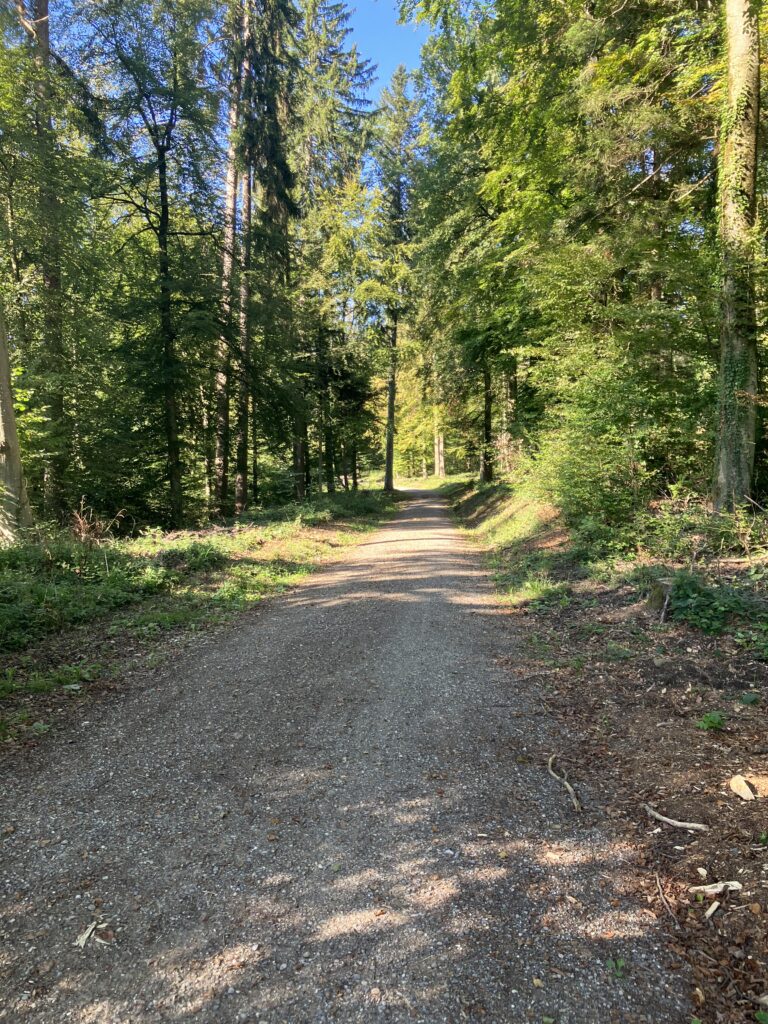
The last space is the forest near the Katzensee in Zürich, more precisely the moment when we enter the forest. It is an interesting space because we are often just passing through a forest, we don’t often stop. The main sound is that of the leaves moving in the wind and melting like a chhhh, then we hear the birds of prey in the sky making a piercing sound. Very often, a plane flies overhead and we hear the sound of the engines very clearly, which prevents us from hearing the rest.
The sound in the forest disperses and reverberates off the trees. If you were talking to someone, you would hear them very clearly because their voice is not dispersed by an echo or an excessively absorbent material. When we turn towards the Katzensee, ther are no more trees and the sound is scattered and lost in the distance, but we can hear the sounds of passing cars and the motorway in the distance. The sounds come from further away and we can hear better when in the forest, all the sounds are muted and we can not hear what is going on outside the forest.
01 Exploring the Emotional Impact of Everyday Sounds
Corridor of my flat
The corridor is generally silent. No sound comes through the bedroom doors, so you never know if you are alone or if everyone is there. The only sound you hear is the hum of silent in your ears. This can be a little distressing at times, as it is a large flat, so the silence in this long corridor is a little stressful if you are feeling a little lonely.
What is not pleasant is the fact that you don’t really know what other people are hearing from the corridor, and as it is quite resonant, as soon as you move around you get the impression that the noises are amplified. You can hear the movement of your clothes, the sound of your footsteps,… They seem so loud in this silence that you have the impression that everyone can hear you.
On the other hand, when people are in the kitchen, the sound of their conversation and of the kitchen is reassuring. These sounds make you feel like you are in a living flat. These sounds invite you to sit down in the kitchen to chat and have a good time. But when you need to be more alone, cooking on your own, with no-one around, these sounds can be irritating because they let you know that what you want is not possible.
One sound I find unbearable is the sound of clashing saucpans.
HIL Staircase
Sound makes you feel less alone, but having sound all around you without really being able to locate the source is stressful. The space is never really silent. You can’t see anyone but you can hear everyone.When no one is passing by, you hear the sound of the ventilaiotion or wind on the window, like a vibration in the air. This noise is stressful and makes you want to leave. The least pleasant noise is the bursting of voices and the slamming of doors, all noises that can be loud and dry resonate, amplify and fill the space. What is interesting is that you can’t tell where the sound is coming from if you can’t see the source, but you can locate is easily if it’s in your field of vision, because the sound is clear and the echo is less important.
02 Empirical and numerical estimation of room acoustic properties.
Corridor of my flat
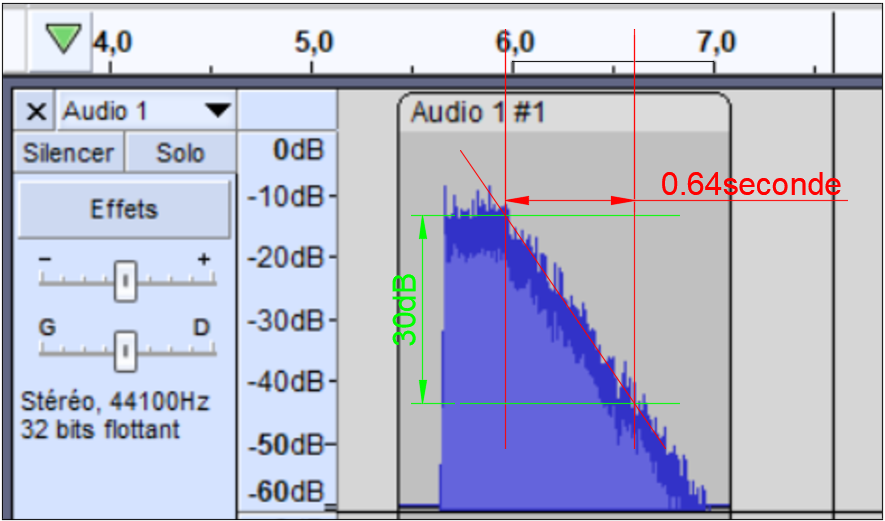
RT60 = 0.64 * 2 = 1.28 seconds
HIL Staircase

RT60 = 1*2 = 2 seconds

03 Characterization of room acoustic treatments
Corridor of my flat
In the corridor, the space is composed of this materials:

Floor: floor tiles

Walls: concrete painting

Ceiling: Concrete

Doors: wood painting
Everything in the corridor can diffuse the sound, as well as the shape. We have a lot of parallel surfaces.

We have a reverberation in the corridor but the big space at the end with the kitchen and the living room and the fact that the doors of the storage and the bathrooms stay open all the time help to diffuse the sound and the energy of it.
Nothing is made to absorb.
HIL Staircase
In the staircase, the space is composed with this materials:
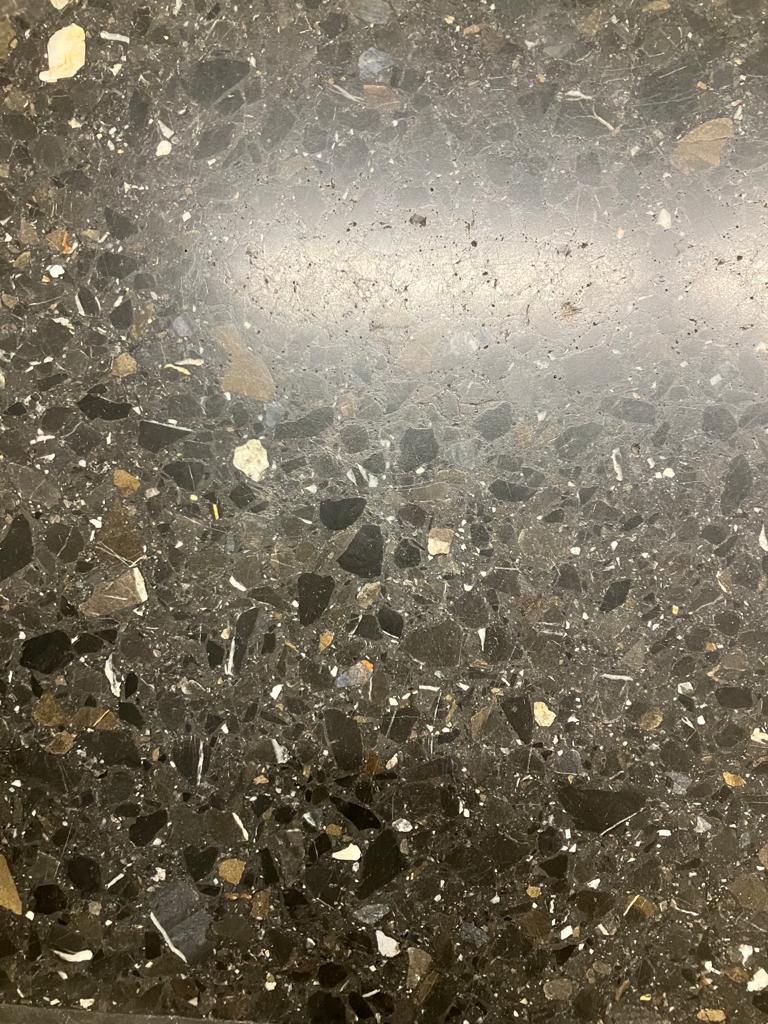
Floor and staircase : floor tiles
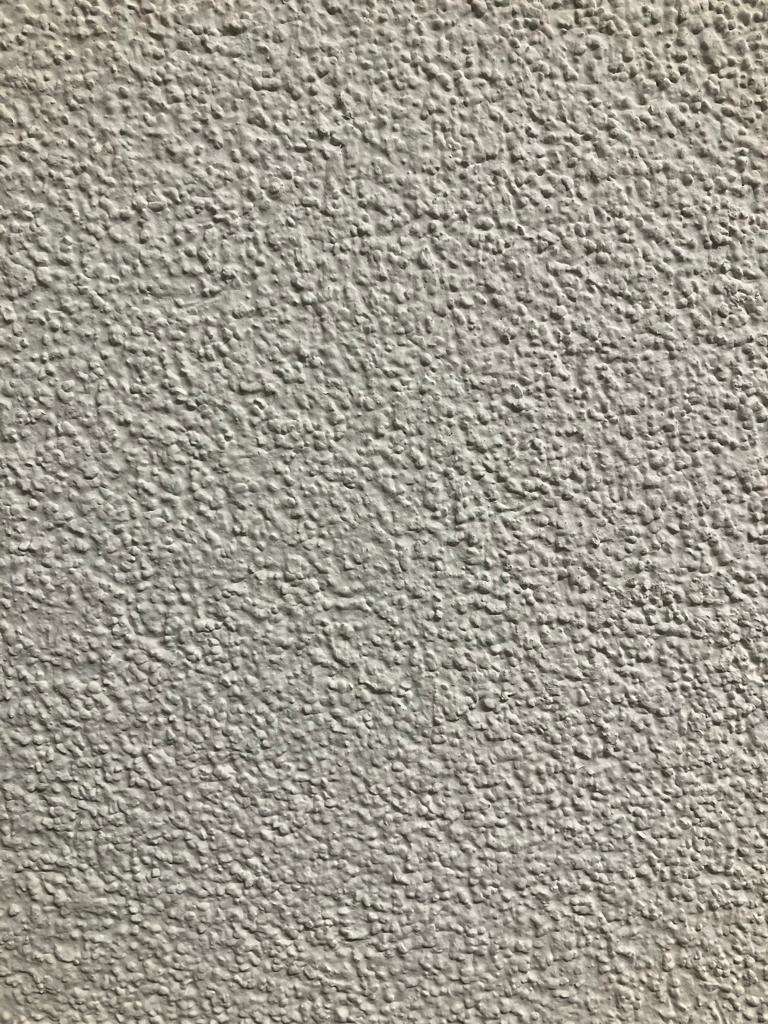
Walls, ceiling and under staircase: concrete painting
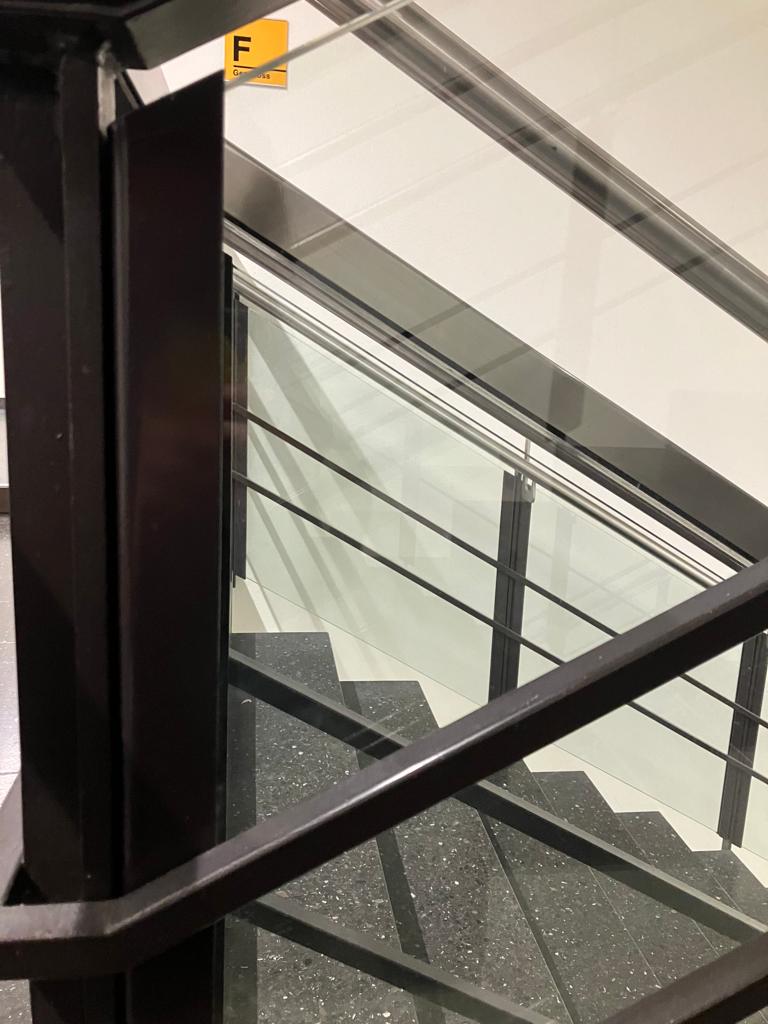
Doors and bodyguards: glass and metal
Nothing in the materials can absorb the sound and we have a connexion between floors. The shape is like a tube with staircases in the middle so the sound is reflected everywhere.
We have no material or shape made to absorb the sound.
Entrance to the auditorium HIL E4
In the entrance to the auditorium, the space is composed with this materials:
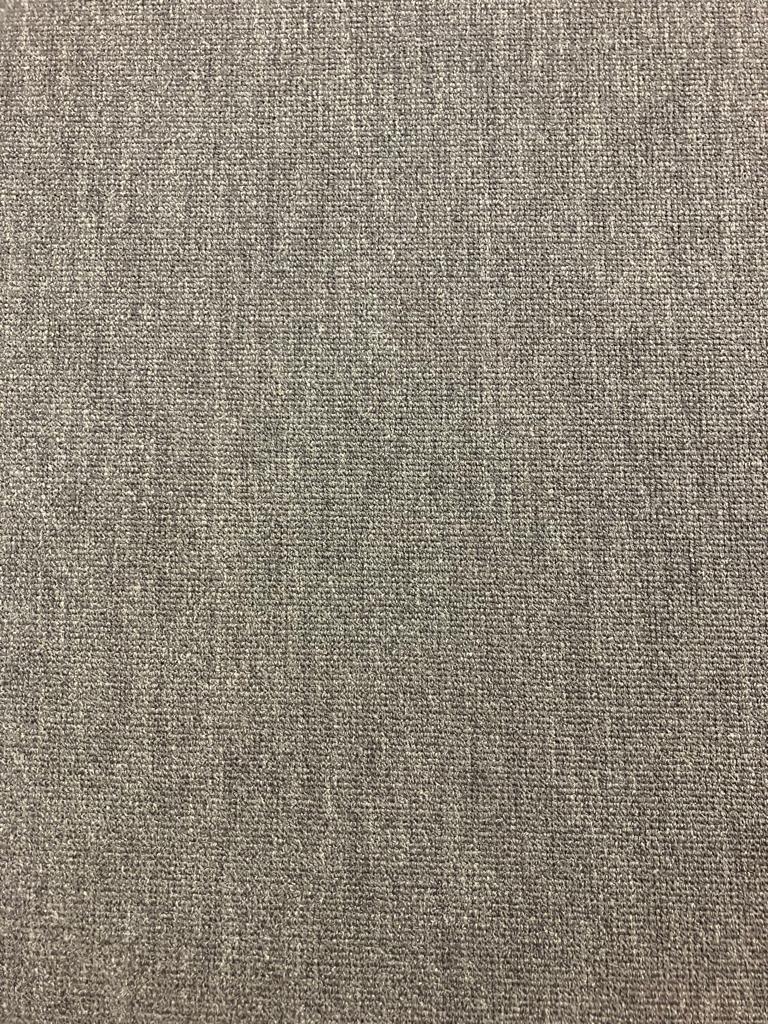
Floor : carpet

Walls and doors : acoustically treated wood
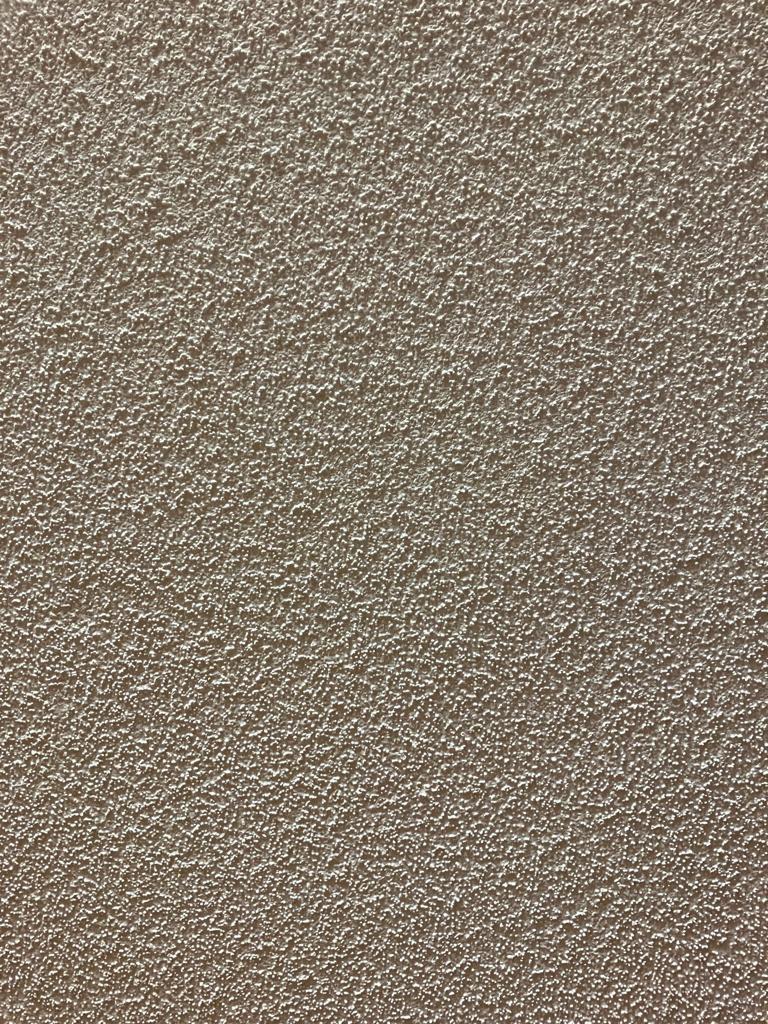
Wall close to the auditorium and ceiling : concrete painting
The floor and the external wall are made to absorb the sound. The shape of the room also have an impact because none of the surfaces are parallel.
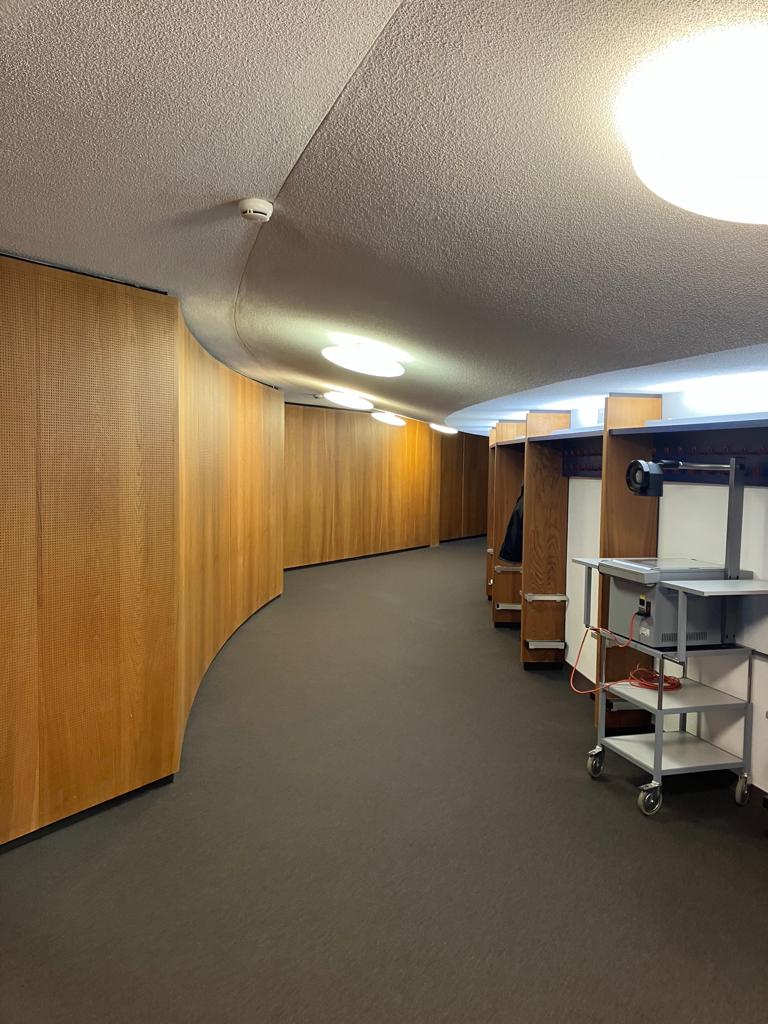
Left side from the entrance
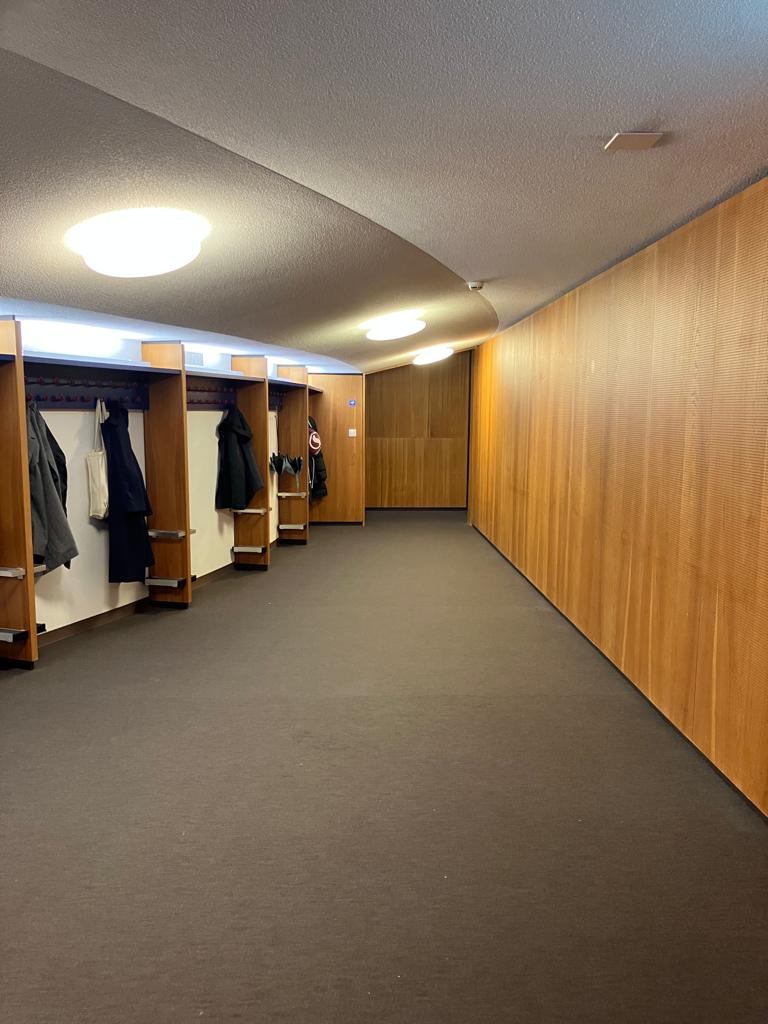
Right side from the entrance
This room is really made to absorb the sound and it works because we can’t hear from the auditorium if somebody talks in this space and we can’t hear from the corridor, the auditorium.
The round shape of the wall close to the auditorium diffuse the sound and the wall to its opposite absorb. Except for the entrance door, the other doors are not parallel to the concrete wall because they are not treated acoustically.

